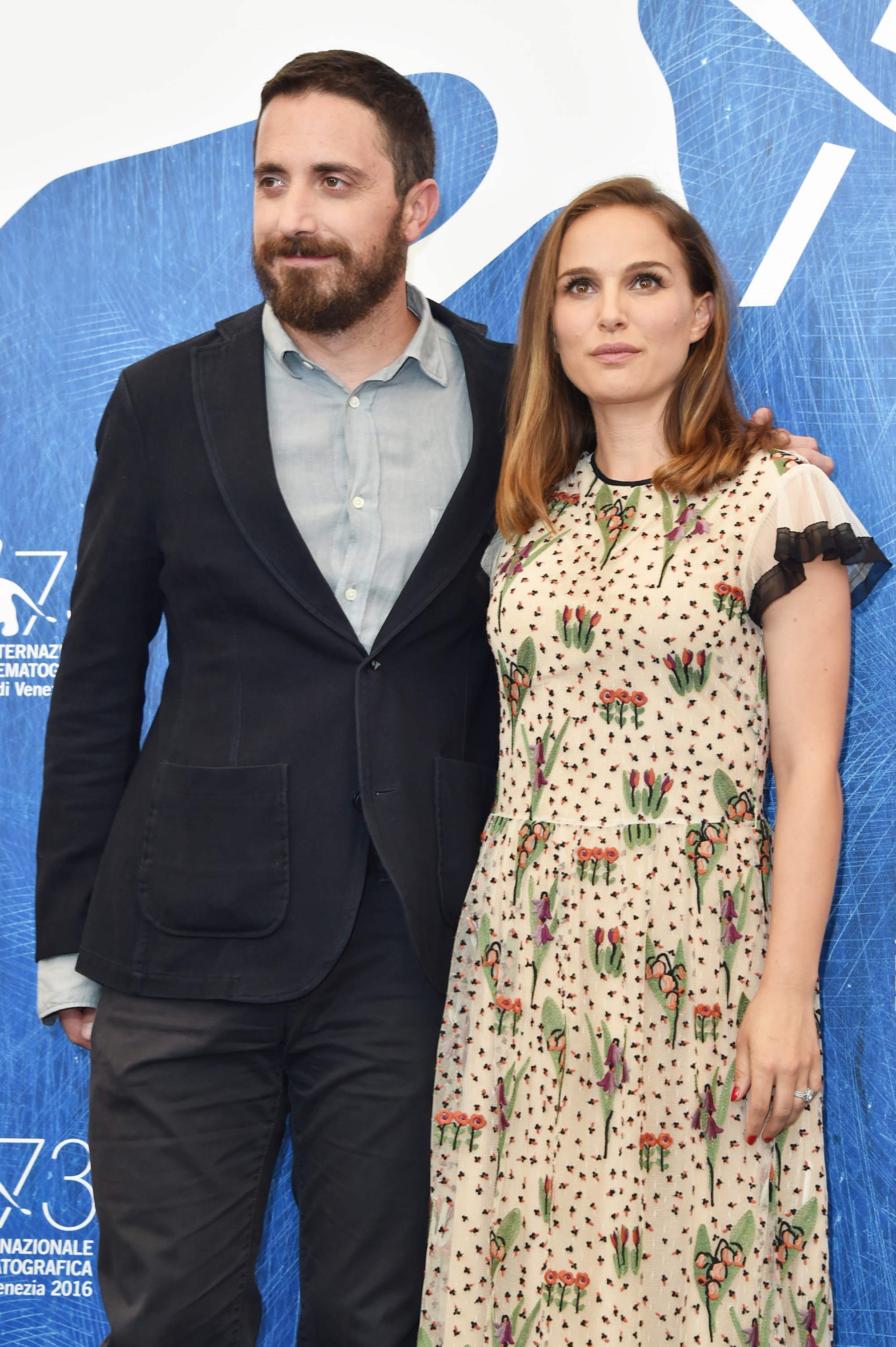
- Festivals
Seen in Venice: ‘Jackie’ Leaves Mark on Venice Competition
Golden Globe nominated director Pablo Larraín confirms that he is one of the brightest young talents in film making with the world premiere of his Jackie, which screened in competition on the Lido. The Chilean director has a gift for casting an oblique light of famous lives – witness the excellent Neruda, which was just screened in Cannes, on the life of his famous countryman and poet. Here he has delivered another tour de force biographical examination which focuses on Jackie Kennedy in the days immediately following the assassination of her husband. His camera follows the "first widow" (Natalie Portman), as she desperately tries to function in those shocking and chaotic days.
With the country undergoing a collective national trauma, Jackie Kennedy wanders the halls of the East Wing as in a daze – at one point trying on dress after outfit from her legendary wardrobe. Alternating planning the funeral with caring for little Caroline and John John and overseeing the crating of the Oval Office furnishings, Jackie tends to the mundane details of grieving – but as First Lady she must do it with the eyes of the world upon her.
The narrative and introspective device is the interview conducted for Life magazine by Theodore H. White (Billy Crudup) who was dispatched to the First Lady’s Hyannis Port compound to gather her first-hand account of the tragedy. That meeting is convincingly recreated here and the film masterfully intermingles snippets of news archives – Jackie’s famed TV tour of the White House; Oswald’s shooting by Jack Ruby. But the film is not concerned with the assassination itself, or the conspiracies surrounding it. Larraín’s camera remains firmly pointed in extreme close-up on its subject. Natalie Portman gives an accurate and moving portrayal of her mannerisms and speech, but as the actress told the HFPA in Venice it is in the liberties it takes filling in the emotional blanks, rather than from historical accuracy that Larraín’s portrait truly emerges. Like Jackie herself says in the film sometimes stories are “more real than the men standing beside you”.
Much of what occupies the First Lady has to do with organizing a funeral of a solemnity commensurate with the legacy she is trying to ensure for her husband’s presidency. She goes as far as requesting documentation on Lincoln’s burial in an effort to replicate it’s protocol. As the Johnson administration moves quickly to transition power, Larraín who, as Portman reminded us on the Lido is Chilean and therefore less susceptible to the national mythology surrounding the Kennedy white House, does not gloss over the conflicts between the incoming president and the ex-First Lady and Attorney General Bobby Kennedy, Mrs. Kennedy’s only true ally.

But these elements of political history (Johnson Chief of Staff and ex MPPA chief Jack Valenti make a pivotal appearance) are also in the background, only incidental to Larraín’s principal focus, which is squarely on Jackie Kennedy and through her on the legacy of the Kennedy presidency – its continuing weight on the national – and the world – psyche. In a poignant exchange about how to organize the funeral procession Bobby Kennedy (Peter Sarsgaard) wonders: “What have we really achieved?” agonizing that the 35th president of the United States will not be remembered for enough substantive achievements. In Larraín’s version the handling of the funeral is the last directed by his wife for the benefit of the Kennedy image. Through Jackie’s most difficult days we perceive some of what informed the American presidency, which arguably pioneered public image as an integral part of wielding power and influence.
The socialite who found herself thrust in the international limelight, the stilted wife who remained resolutely faithful, the woman who has, at times, been accused of superficiality (the film returns time and again to the recreation of her TV special on the decorating of the White House) emerges here as one of the pivotal figures in shaping the myth of Camelot.
Instead of pursuing an elusive biographical “truth”, Larraín chooses to make this biopic about the ways in which historical truths can be effectively manipulated. It is a question which is all the more relevant in today’s world in which politics and idealism have been so thoroughly supplemented (supplanted?) by the projection of public images. And in doing so he approaches a deeper truth than most biographies.